Interview with Adrian Sellers & Vaibhav Nijhowne – Royal Enfield
After being a part of the inaugural Continental GT Cup, we got a chance to interact with two key figures responsible for the inception & development of Royal Enfield's one-make championship – Adrian Sellers and Vaibhav Nijhowne – about this ambitious motorsport project.
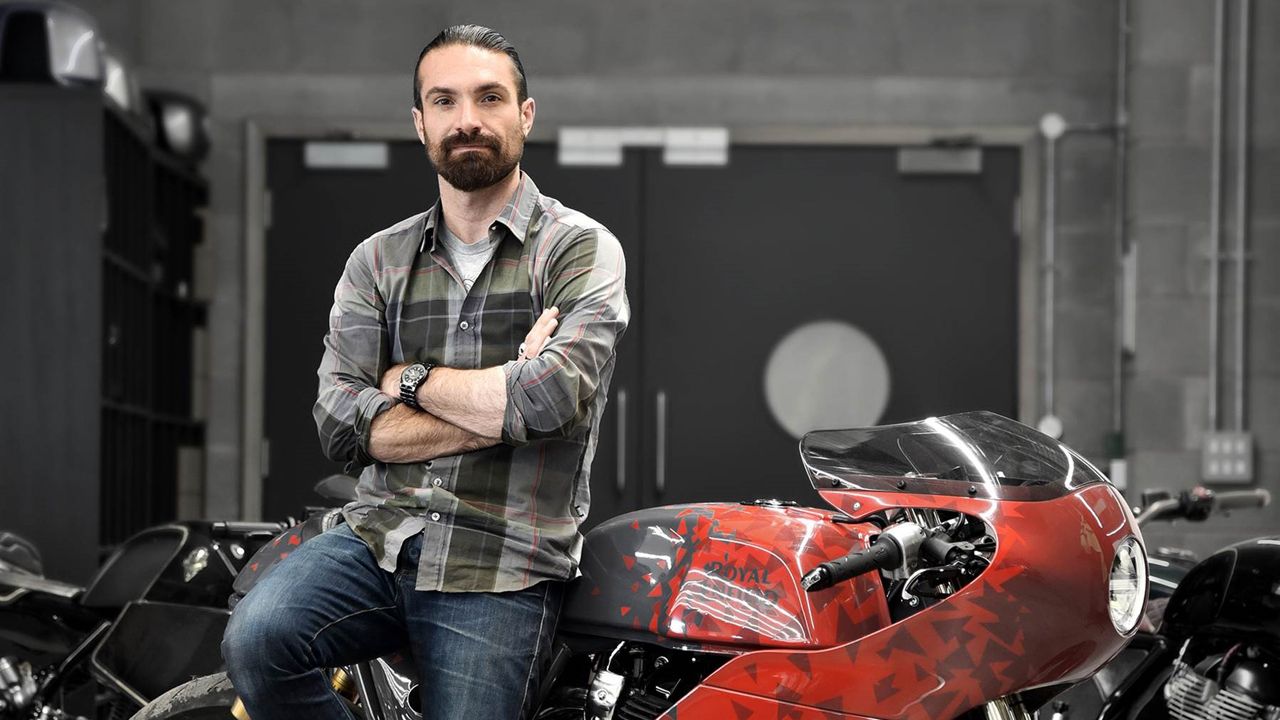
After being a part of the inaugural Continental GT Cup, we got a chance to interact with two key figures responsible for the inception & development of Royal Enfield's one-make championship – Adrian Sellers and Vaibhav Nijhowne – about this ambitious motorsport project.
What was the key intention/inspiration behind launching the Continental GT Cup in India?
Adrian: As the brand – Royal Enfield – enters a new era, we’re looking to offer new & exciting experiences both for our customers and also for those individuals who haven’t had the joy of experiencing a Royal Enfield motorcycle yet. So, activities like the Continental GT Cup, our Slide School, etc. offer those to people. These experiences offer a different way of getting to know our brand, a different way of experiencing it, and also, it’s us offering a new & different experience for people on a motorcycle, irrespective of whether it is ours or someone else’s. We’re basically saying that ‘Hey, you’ve ridden your motorcycle to work, you’ve ridden it for years, so here’s something new that you can do with it,’ and within the context of the pandemic that’s changed the world, people are actually looking for something new & exciting to do with a motorcycle. So, these activities are a way of doing just that. Ultimately, as Royal Enfield, we’re just trying to find the most fun ways of getting people onto their motorcycles, getting them to ride more, and enjoy the experience more.
Can you take us through some of the difficulties and challenges that you faced during the Continental GT Cup's inception?
Adrian: Well, I can talk about the bike-side of things and perhaps Vaibhav can talk more about the organisation experience. When you’re putting a motorcycle on the track, it’s an extreme environment. So, we had to go through a fair bit of testing and trial to make these (the race-spec Continental GTR-650s) the best bikes we could for the championship participants. We’re lucky because the Continental GT 650, as a stock bike, is such a wonderful bike to ride. So, it was really just a matter of tweaking and adjusting and finding just that right setup so that when you are hammering the bike around the track, and I think you’ve also had the opportunity to do this right, Divyank?
Divyank: Yes, I have.
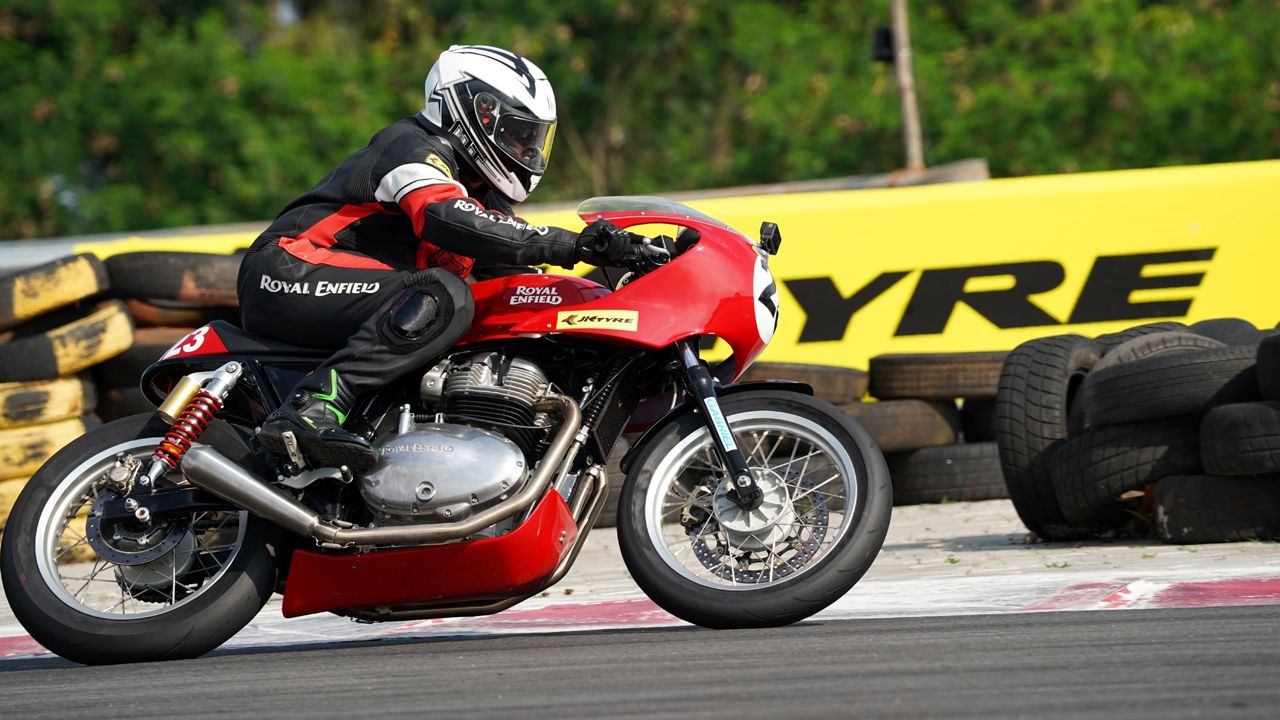
Adrian: So, hopefully, you’ll be able to attest to that. The main idea was to tune the bike enough so that the racers can enjoy a proper, competitive experience on the track.
Divyank: Till the time I had a go on the GTR-650 around Kari, I was fairly apprehensive about the entire experience because I felt the bike would be too heavy to manoeuvre around the track, despite all the weight-shedding measures that had already been undertaken to prepare the race bike. But, when I rode the bike, it was indeed a pleasantly surprising experience because I realised the GTR-650 was perhaps as nimble as any 250cc racing bike I had experienced on the track before.
Adrian: That’s really great to hear! You know, it’s one thing for us to go out there and test the bike and it's quite another thing for someone who’s coming from the outside to have that same experience. It’s really awesome that you had this experience. A fun fact, I suppose, is that when you get a motorcycle going on the track, and it’s properly balanced and sorted, it really doesn’t matter what the actual weight of the bike is because a good chassis will allow you to throw the bike around the track much like you would any other, lighter motorcycle. In fact, a much lighter motorcycle can be worse around the track, if it’s not sorted out properly. So, it’s really a testament to our team, our crew, who did make those adjustments so that you have a setup that is just right, to have that fun experience.
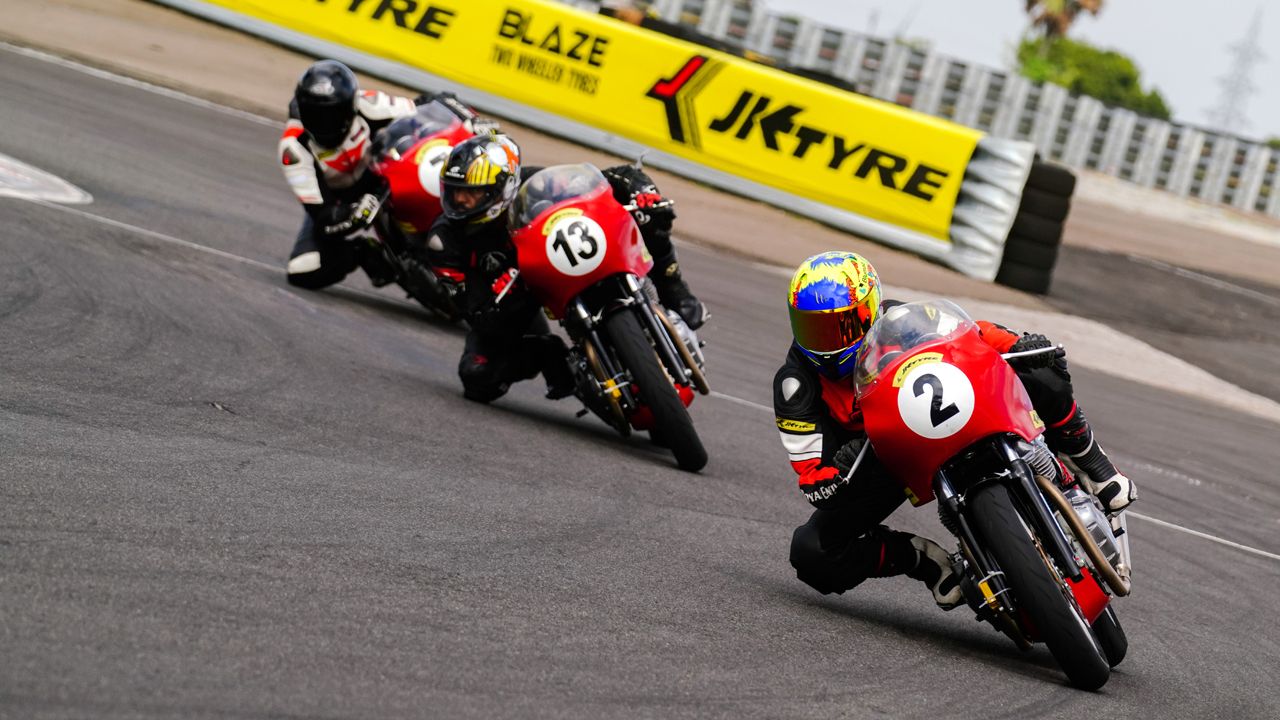
I’m not sure if you guys have had the chance yet to get any feedback from the riders who are taking part in this year’s championship? If yes, how has it been so far?
Vaibhav: Yes, we’ve had a fair bit of feedback from the riders. We started getting feedback pretty much from the rider selection round itself because it was about a week-long activity session, right from the rider selection, filtering the 104 shortlisted riders to the 18 finalists. Then, these 18 finalists and the waitlisted riders did a day of training with us and then, the final race weekend began for the first round of racing. So, feedback was practically coming in every day.
The feedback also changed over time. Initially, the riders were a bit apprehensive, just like you said Divyank, that before you actually came for the media ride, you were wondering what it’ll be like with regards to the weight of the motorcycle, despite the weight shedding that we had done. The good thing was that by day two or three of our grid riding the bike, they were already feeling a lot more at home with the bike and I think what they needed to wrap their whole psyche around was that this bike is quite different from all the motorcycles that they may have been racing in the past, and how they need to apply their previous skill to adapt to the kind of bike this is. Even though it’s a heavier bike, it also has a lot more power and the power delivery is very different from a lot of the smaller bikes that they’re used to riding.
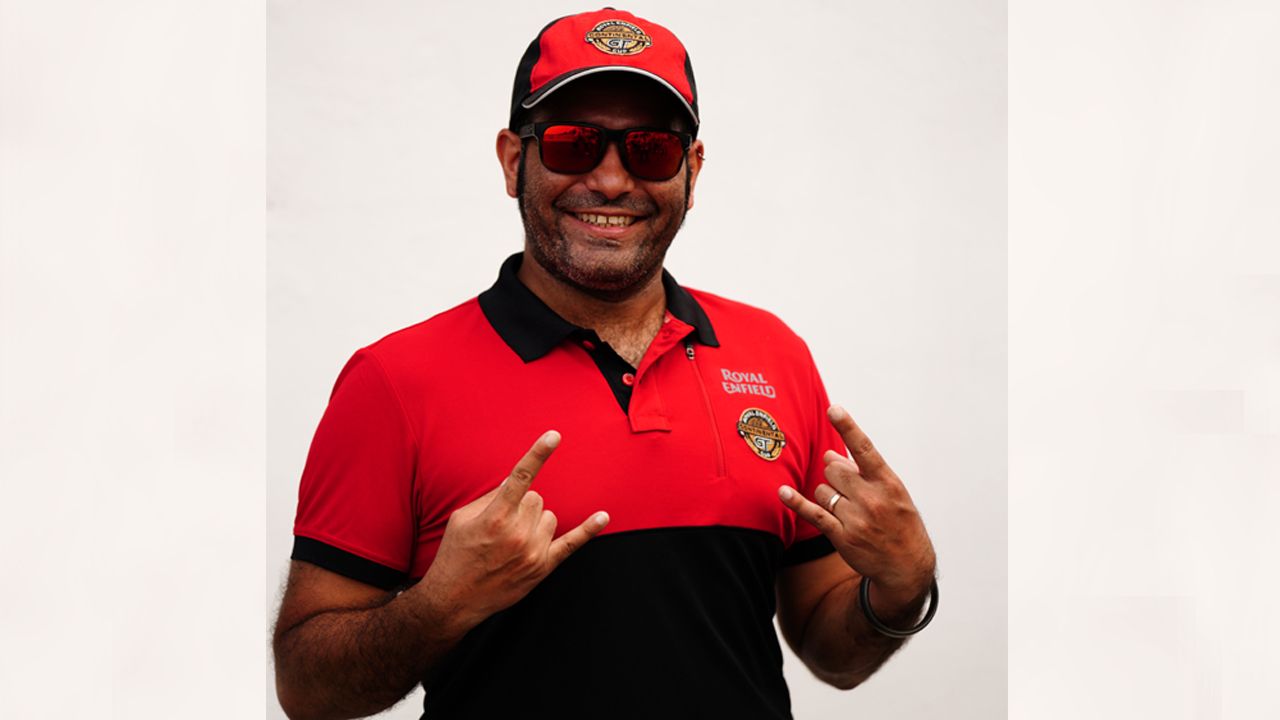
Kari is the tightest circuit that we have in India, and what they came back and told us was that the way this bike is, if they can hone their skills on it, it’ll encourage them to focus more on their skills and become better riders on any platform in the future. Because, here, thankfully, the bike offers a level playing field and it’s giving them an opportunity, for instance, unlike in an open championship where riders would try and focus on how to improve the suspension, how to drop the weight from the vehicle, we’ve done all that for them without straying too far from the stock bike. So, now, for the riders to exceed in this GT Cup, they need to work on their skill and they all have the same machine – the GTR-650.
The riders were quite surprised by the way she handles, for example, with regards to cornering speed, grip, braking, handling, etc. If you go by the lap times, they speak for themselves. I think we started off with 01:20s in the qualifiers and by the end of racing in Round 1, the racers were doing 1:18s. I must say that the riders were really thrilled with the bikes by the end. It started off with a little bit of apprehension, as you mentioned before, and it ended up with them being really happy with the bikes.
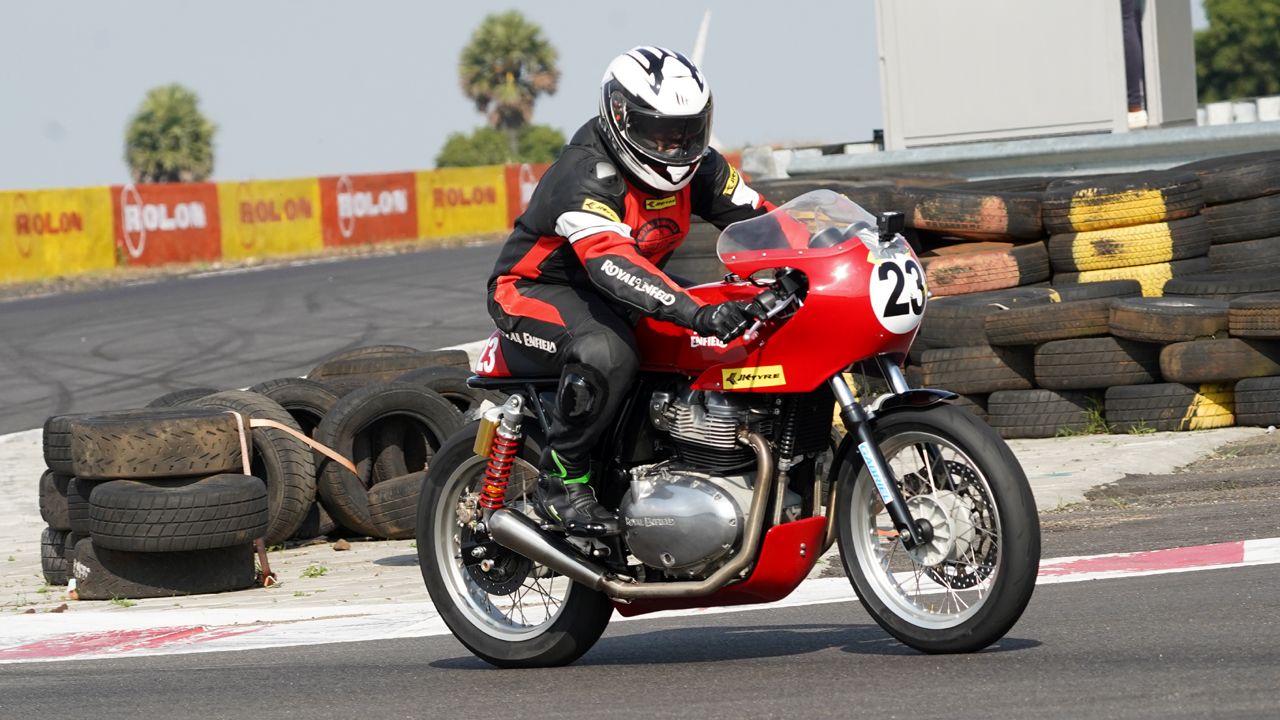
With respect to the GTR-650, any improvements or upgrades that are already in the pipeline or ones that you’d like to implement for the forthcoming seasons?
Adrian: We are constantly striving to improve the bike but I’d say we are not looking at making any dramatic changes after the first round. We’re quite happy to see the way the bike has performed on the track so far. As you said, the racing was quite tight, quite invigorating – that’s our goal. I think we’re probably going to look over the results of a couple of races. We’ll see how the bikes handle and change from race to race and from condition to condition, and then begin to upgrade further. As Vaibhav said, we’ve had really good feedback from the racers so far so we don’t see a need to modify a machine that’s already working so well.
We are, however, thinking about a couple of updates. For example, switching to performance air filters is one, possibly bringing in race ECUs is another – our electronic management team is on that. But as I said, there’s no need to upset the balance till the time the machine is behaving the way it is right now.
The GTR-650 does not feature any engine upgrades either since it's running the stock unit. Going ahead, is there any potential or opportunity to see any mechanical upgrades on the engine?
Adrian: If we see that it could make the experience more interesting for the riders as well as the spectators, then yes, it is something that we could consider. Again, the advantage of having a one-make series, with everyone using the same machinery, is that you don’t get into a horsepower war! Compared to other racing series where everyone is just trying to go one-up on each other, in our case, any decision on this front would depend on whether the race machine is not performing to the expected standards or if the riders come to us with the feedback that they're struggling with the machine.
Thankfully, we’ve not received any such feedback. So, the only changes that we’re planning as of now are to the electronic management of the motor and not its mechanical bits. In fact, there’s a lot to be gained with just simple tweaks to these motors than simply going in and putting, let’s say, big bore pistons and so on. What we’ve seen in our other racing programmes in the UK is that small adjustments like porting the cylinder heads, for example, and tuning the ECUs, can result in a lot more horsepower than you’d think, without changing any internals of the motor. So, I think we will look at these options first, subtle adjustments that have big effects, rather than pulling the motor apart.
Vaibhav: As Adrian said, we might need to play around with the engine mapping purely because the exhaust unit has been replaced and we are going to add performance air filters possibly in the near future. So, then, to run a better balance, to give the engine a better fuel-air mix to breathe on, we might need to move away from the stock ECU calibration, but that is more of a necessity than just a tuner’s whim.
The whole idea behind the one-make championship is that, yes, we can do all sorts of mechanical changes and I’m sure that these engines will be beautiful to work on to increase their performance, but we don’t need to do that because the whole fundamental principle is that as long as all the bikes are the same, the riders will have to up their game in terms of their skill.
We are very confident about the base platform that we use, the racing bike that we have brought to the riders and we don’t feel the need to change the engine internals as of now.
Adrian: Also, as a manufacturer, it’s about finding out the level that we can achieve with a stock machine, and if we can say that, ‘Hey, you can go to a track with the Continental GT 650 that you own, and have a fantastic track experience,’ that’s a really powerful message for us to send out, compared to installing additional kit onto the bike and then saying that it’s ready for the track. So, yes, if we can say the former, that’s what we’d stick to.
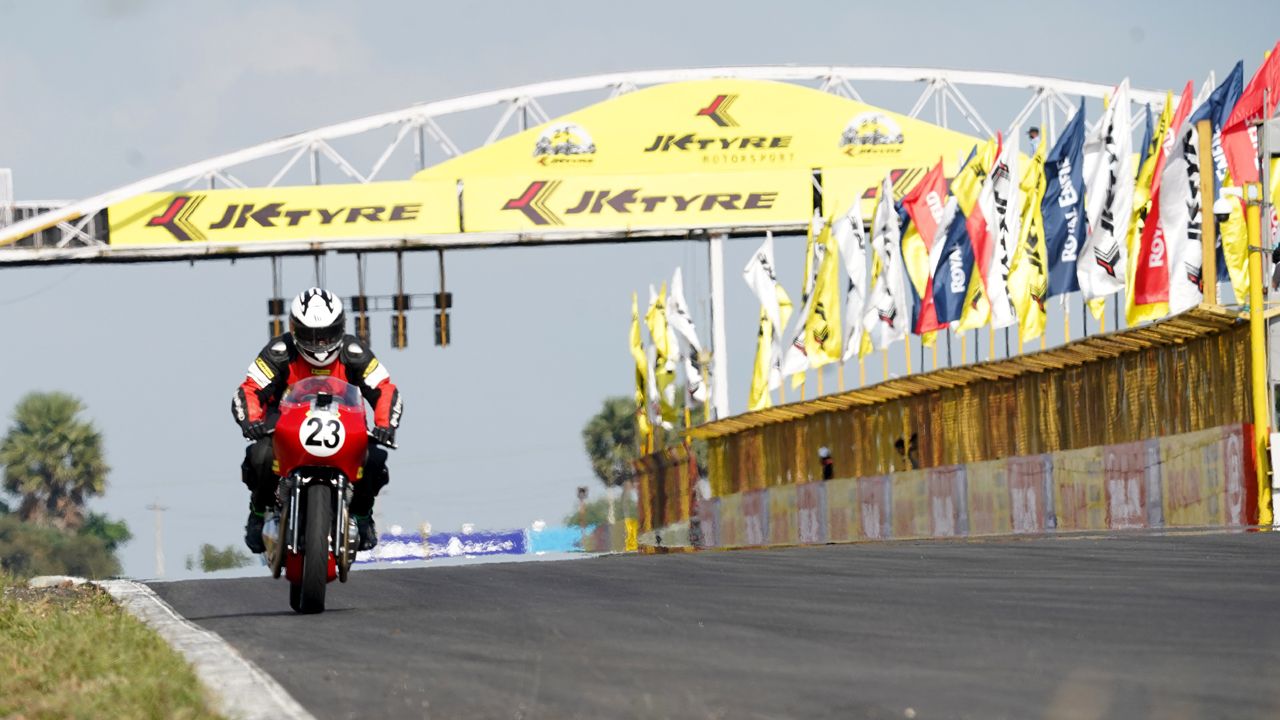
What do the prospects look like for the top runners or top finishers of the first season of the Continental GT Cup?
Vaibhav: As of now, we don’t have any long-term plans as such with regards to the level of progression for the riders. Right now, we are just looking at making the series as accessible as possible and we might even consider figuring out a different category of racers for the future seasons. Because of the way we did our selections this year, based on pure merit and fastest lap times, and even though we had 104 aspirants turn up for the selections, we were only able to choose the 18 fastest and, inevitably, as a result of this selection process, we ended up with people who pretty much had already been racing in the past.
So, there are two ways of looking at this – do we want to look at these racers and see how we can help them progress beyond finishing towards the top of the Continental GT Cup or do we also want to look at the lower rung of riders who are enthusiasts, and as Adrian said at the beginning, are also one of the reasons why we are entering motorsports. So, I think going ahead, we are going to focus more on the latter category of riders for next year – how do we give more beginners a chance to get a taste of racing our GTR-650s…
Read more:
-(17).webp)
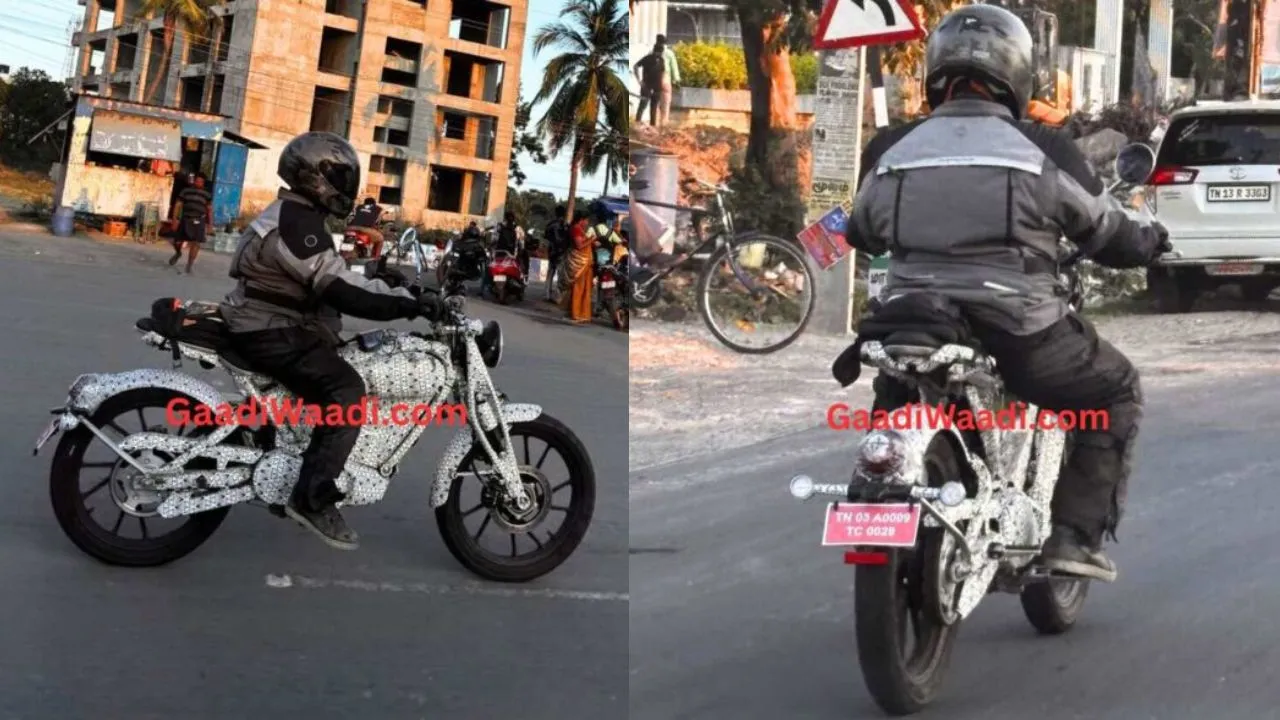
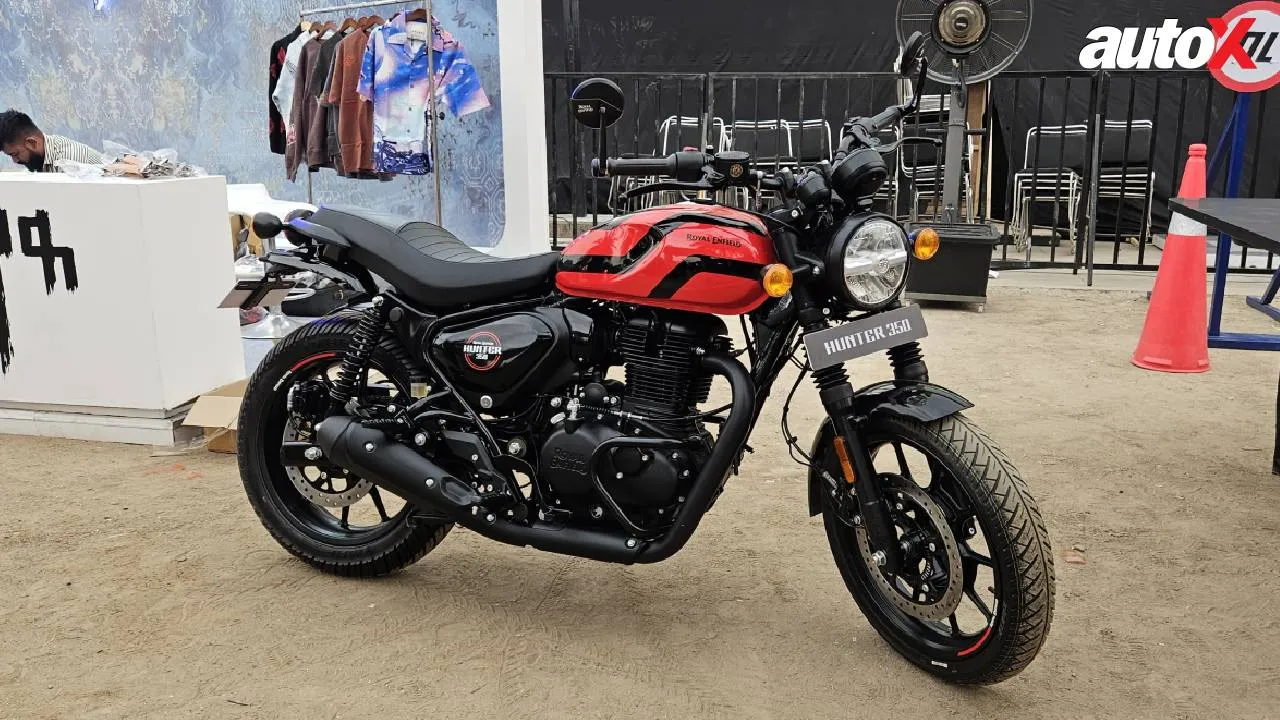
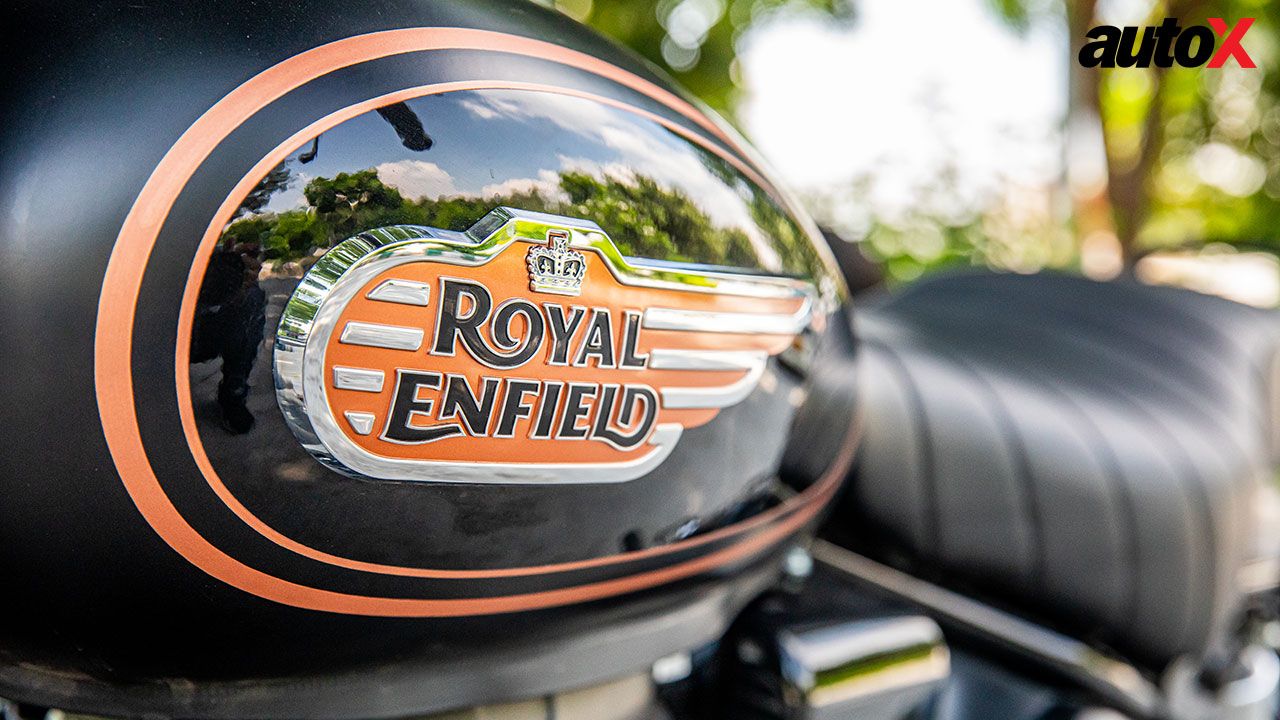
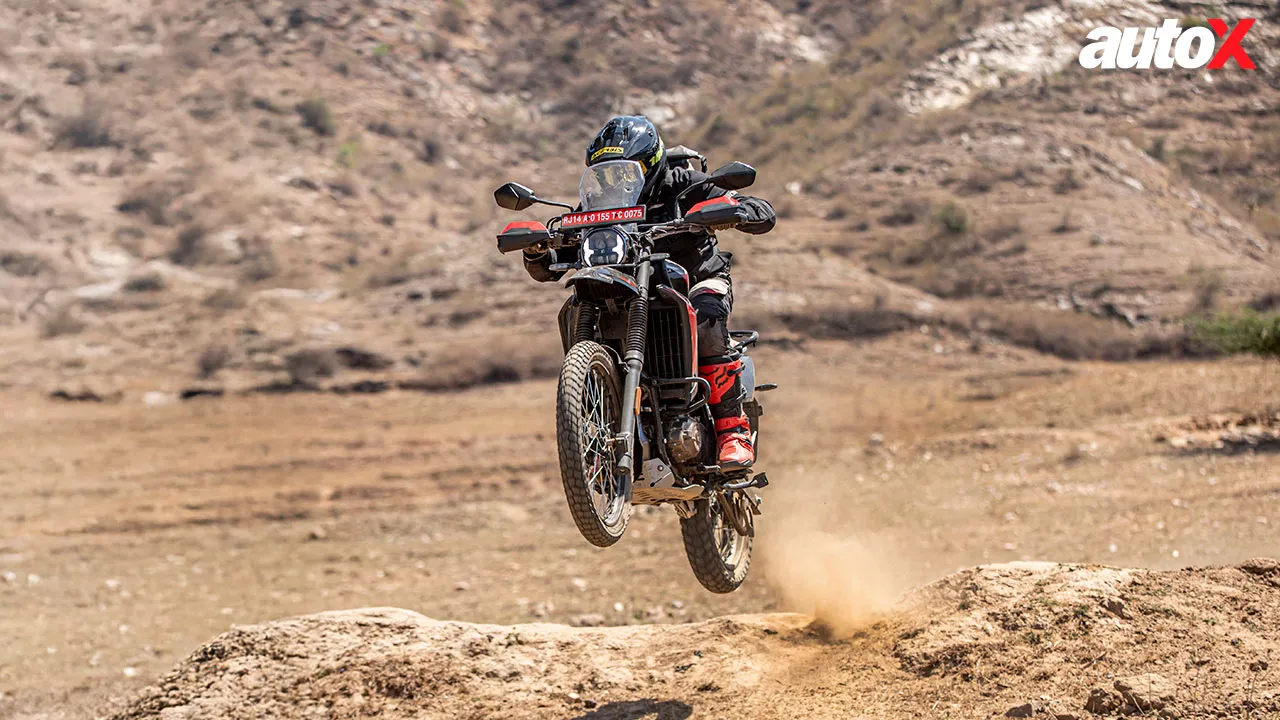
-(1).webp)





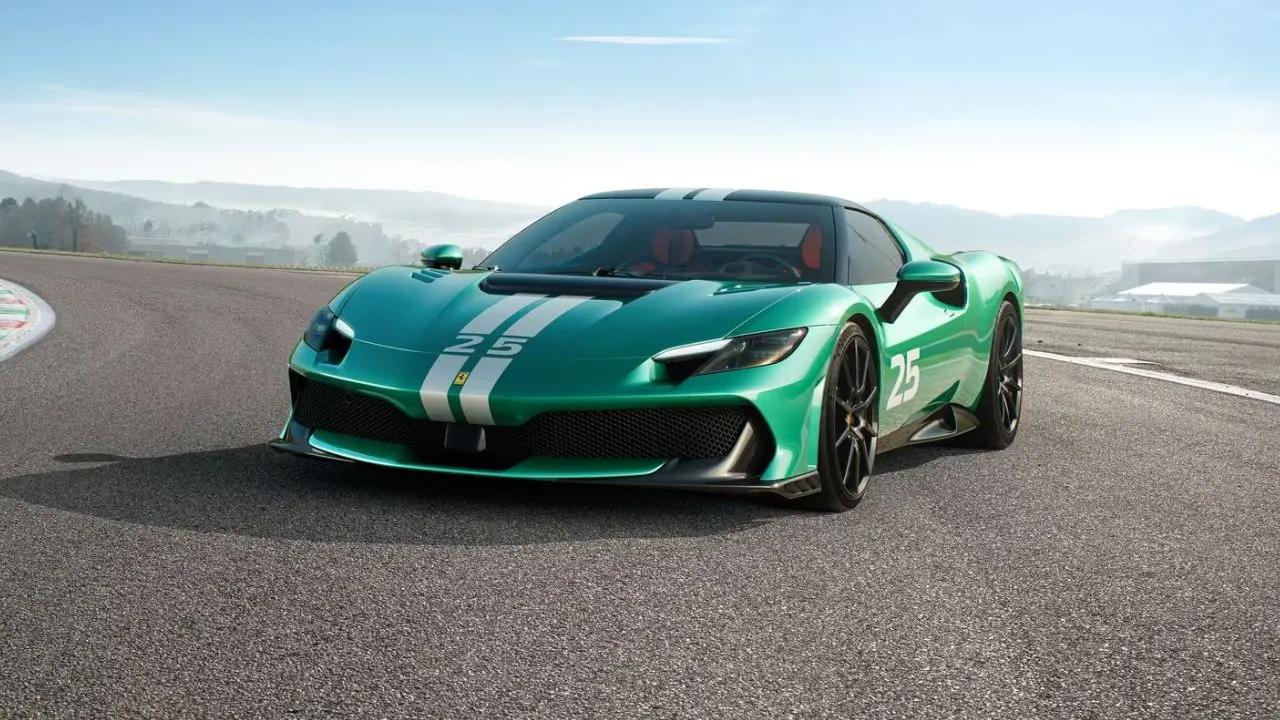
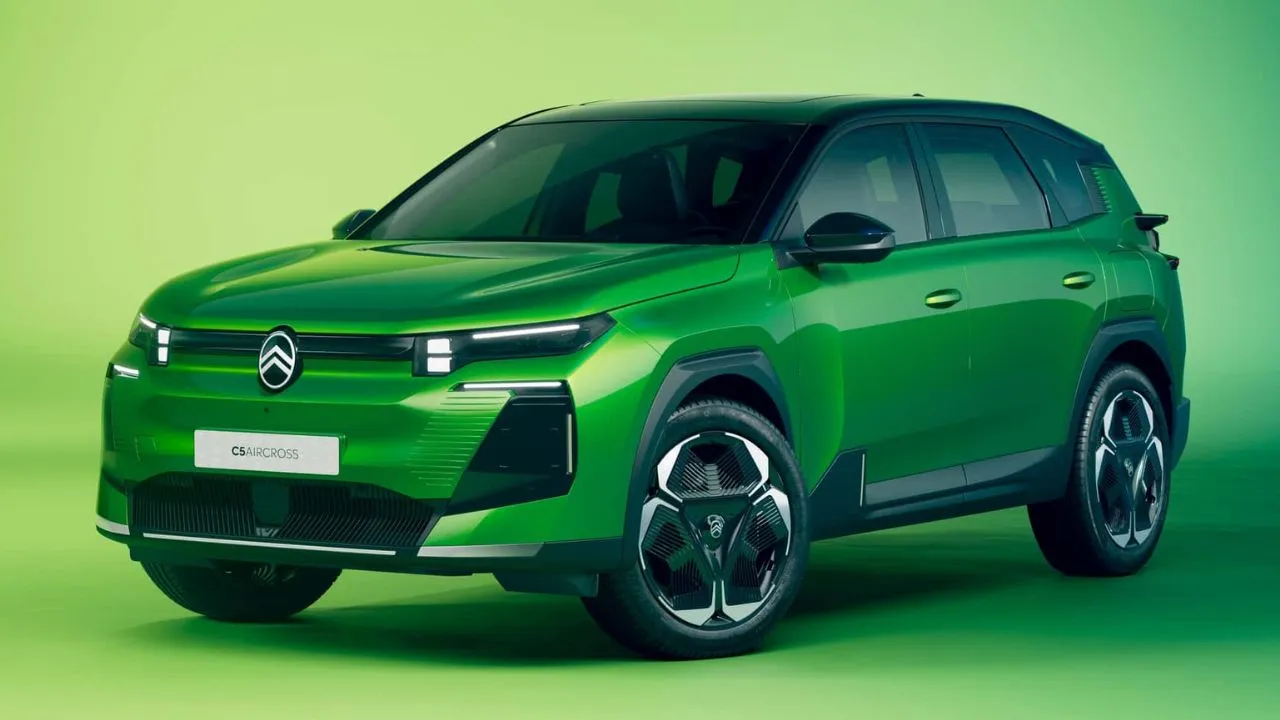
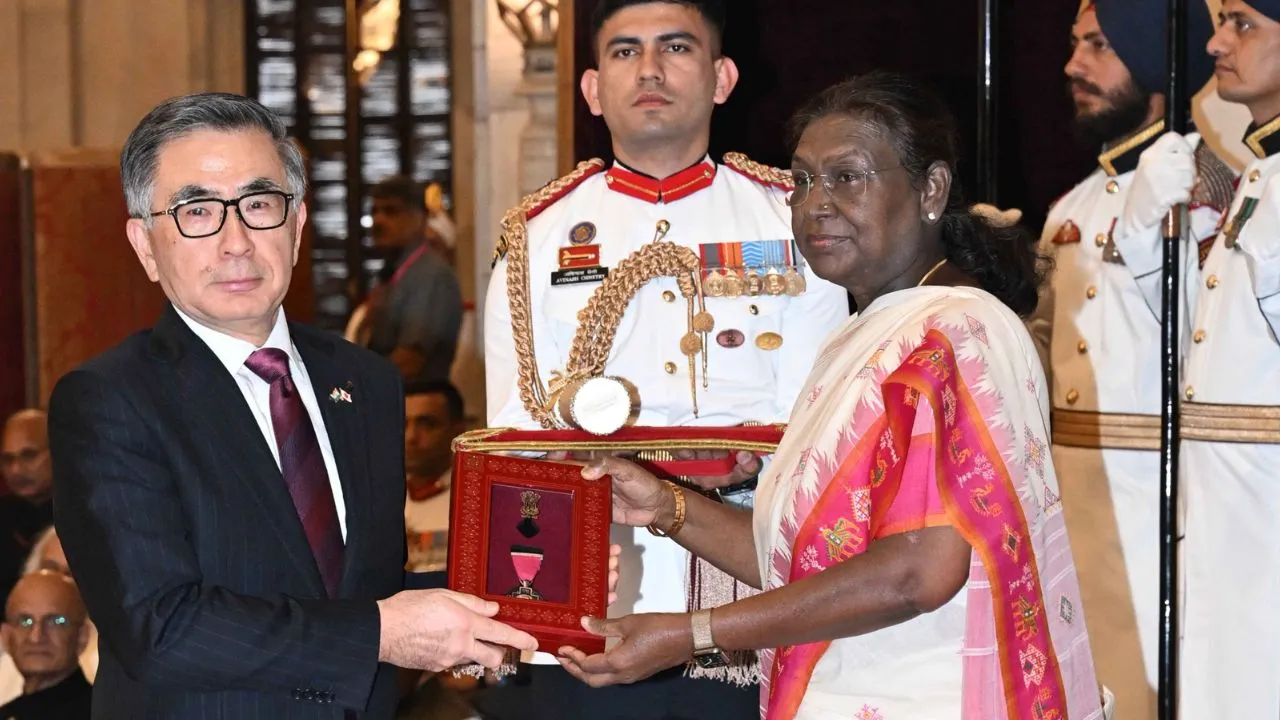
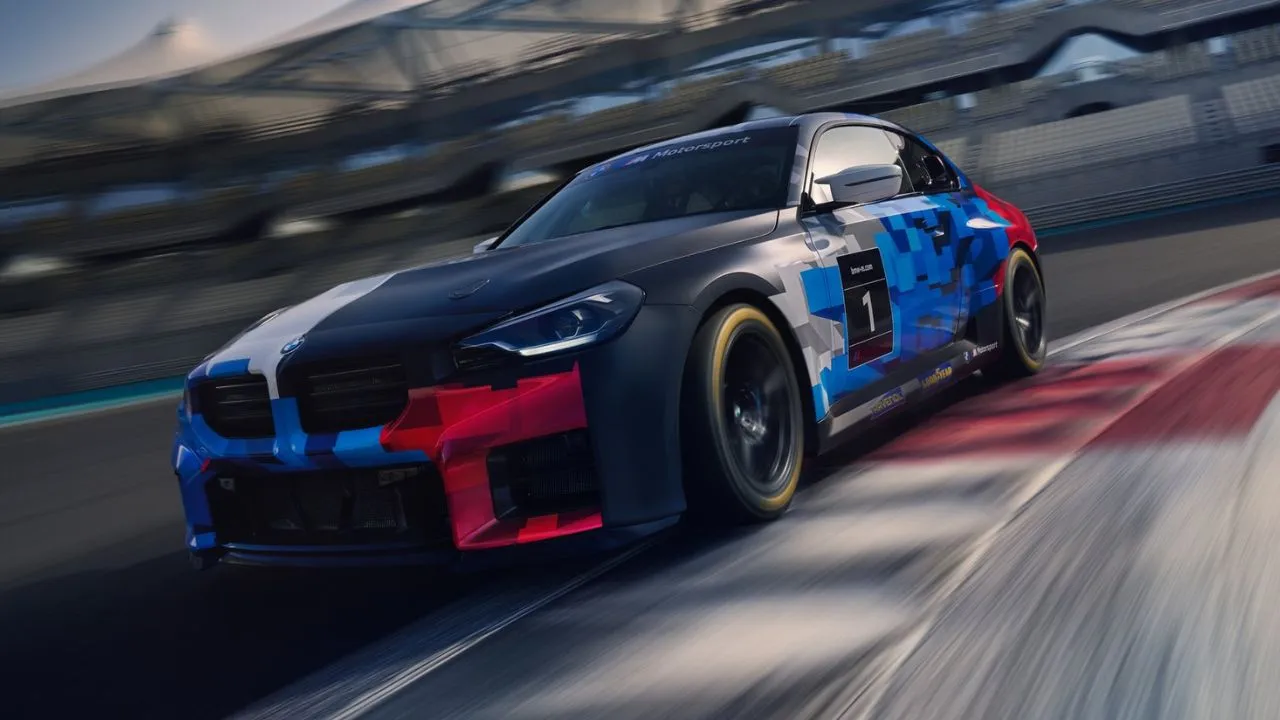
Write your Comment on